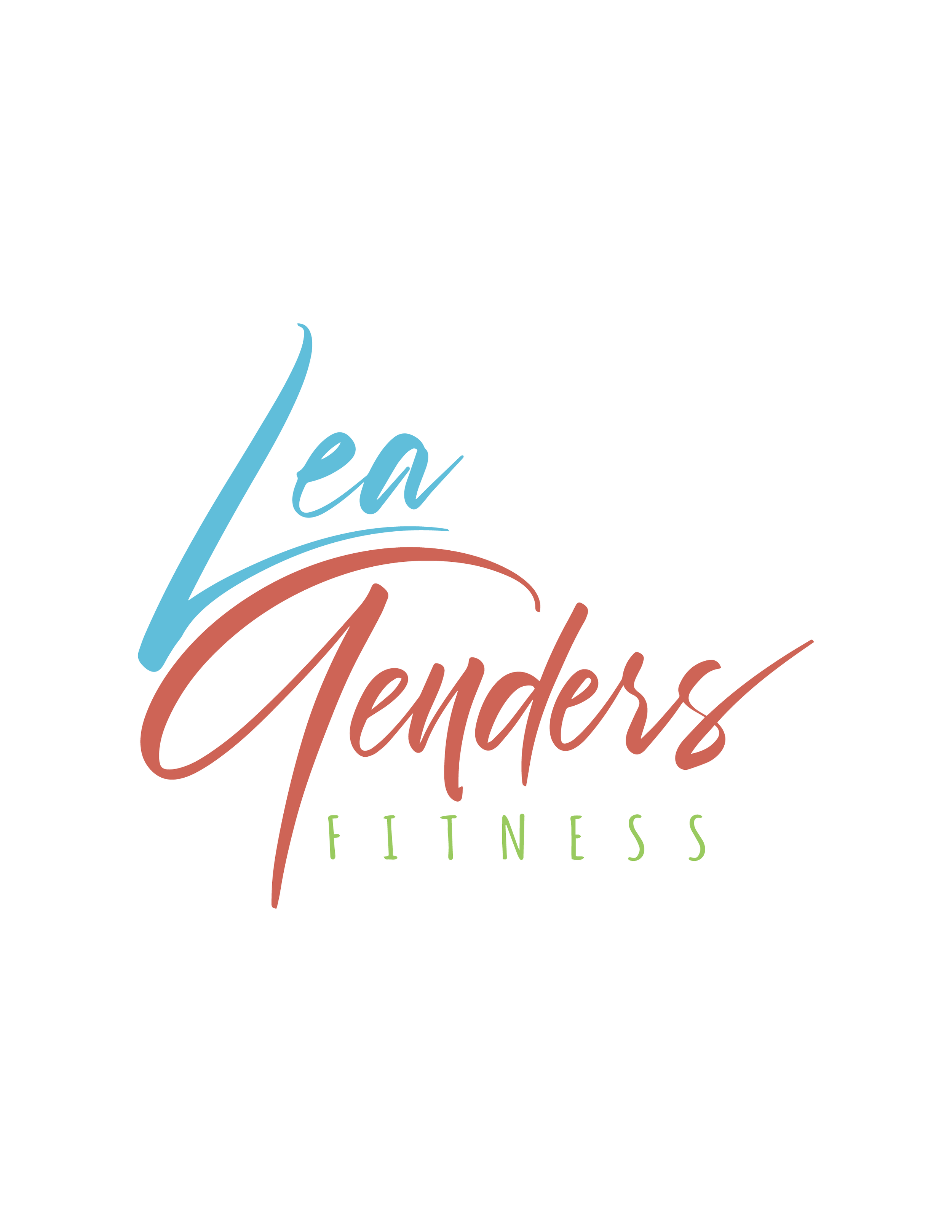Here In North Texas, the summers can be brutal, leaving some runners to abandon their training plans like a sinking ship. If you are like me and view the treadmill as a form of extreme torture, and you don't want to take a break from running, I put together some tips to not only survive but thrive running in the heat. Yes, even in Texas or other hot environments.
Heat acclimation
The first thing to understand is that you will acclimate to the heat. Your body is fantastic at adapting to the environment, and this means to get your body accustomed to running in the heat, you have to, you guessed it, run in the heat. But let's be safe about it. Acclimating to the heat doesn’t mean we train as usual, we need to make some adjustments.
How to Adjust Your Training Plan to Run in the Heat
I prefer not to train for any long-distance running events that will require more than an hour of training outside in the heat. I forget about running fast or far and adjust my expectations with my pace. If I stick to winter and spring half/marathons, my high-volume training months will be in the cooler temperatures of fall, winter, and spring. My running goal in the summer is to maintain a fitness base. I use the summer months to work on strength training in the air-conditioned gym. When the cool air of fall blows into Fort Worth, I have a strong foundation, both mentally and physically, in which to build my next training cycle.
To continue running through the summer months, schedule your runs early in the morning or later in the evening to avoid the heat and humidity of midday. Run in shaded areas when possible because running in direct sunlight can add 20+ degrees to your skin.
If I'm honest, I don't love running early in the morning, but runner to runner, I can confess that I don't love getting mild heatstroke from running later in the day, so I do what I have to do.
Pacing Guidelines in the Heat
When the heat and humidity are high, slow down, and run by effort; the equivalent pace can be up to two minutes slower. Slowing down is typical, expected, and you will not lose fitness. The mental and physical strength you are building by challenging yourself this way will pay off in your fall running performances. Check your ego at the door, forget showing off your fast paces to your Strava friends, ignore your GPS watch, and run by feel, not by an expected pace.
Clothing Guidelines For Running in the Heat
I try to balance wearing the fewest clothes permitted legally and my comfort level in public. For me, this usually means a sports bra and shorts, but lightweight tops with wicking and performance properties to pull the moisture away from your body are the best choices for more coverage. Look for tops and shorts made from synthetic materials, and avoid cotton fabrics and socks (which absorb moisture). Light colors reflect heat better than dark colors to keep us feeling a bit cooler in hot weather.
Your best accessory for running in the heat is sunscreen. It's essential even if it is overcast. Look for sweat-resistant sunscreen and apply liberally. If possible, have someone help you apply to hard-to-reach places on your back, aka a free back massage.
Once that accessory is covered, wear a hat, visor, or sunglasses to help shield your face from the blazing sun.
Hydration Tips
Stay hydrated before, during, and after your run. For runs over forty minutes, carry water with you, if possible. Handheld water bottles, water belts, and hydration backpacks work well. If it's impossible to bring water,
Leave water in a fixed location, like your front porch or at your car, and run loops past your water stop. Your neighbors may think you're crazy for running in circles in heat, but what else is new? Another option is to plan a route with water fountains, like through Trinity Park.
Chugging water right before your run won't cut it in the heat; aim to stay hydrated all day. A good rule of thumb is to aim for half your body weight in pounds, in ounces of water. For example, if you weigh 150 lbs, then aim for 75 ounces of water each day. Of course, we are all individuals with different hydration needs, so test this theory and adjust your water intake up or down based on how it makes you feel. If this is a lot more water than you are currently drinking, start adjusting your intake upwards by adding a glass of water a day until you get closer to your goal.
If you return from a run and your dog is frantically licking the salt off your legs, that is a good indication you may need to replace lost electrolytes. Sports drinks, coconut water, electrolyte tabs, or even a pinch of sea salt in your water should do the trick.
Heat Exhaustion: Signs You're Overheating
Be diligent about paying attention to the signs of heat exhaustion. No training is worth risking your health. Stop your run short, get home or in the shade, and rehydrate if you experience these symptoms: headache, dizziness, extreme fatigue, abdominal cramps, nausea, or rapid heartbeat beyond standard increase from running.
Heat exhaustion can turn into heatstroke, which is severe. If you stop sweating, immediately stop, seek help, shade, and hydration.
Summer running makes you mentally tough and ready to tackle the challenges of your next training cycle. Heat training in the summer brings fall and winter personal records. Adjust your pace and expectations, do your best, and stay safe. If you're braving the heat and running in Fort Worth this summer, I'll see you out there. Stay hydrated, friends.
Lea
Did you like this post? Do you know someone who might benefit? It helps me when you share with your friends and followers on Facebook, Twitter, or Pinterest.
Questions? I’d love to help.













Learn how to manage perimenopause and menopause symptoms naturally with proven, sustainable strategies. Take control of your health, reduce belly fat, and feel your best in midlife and beyond.